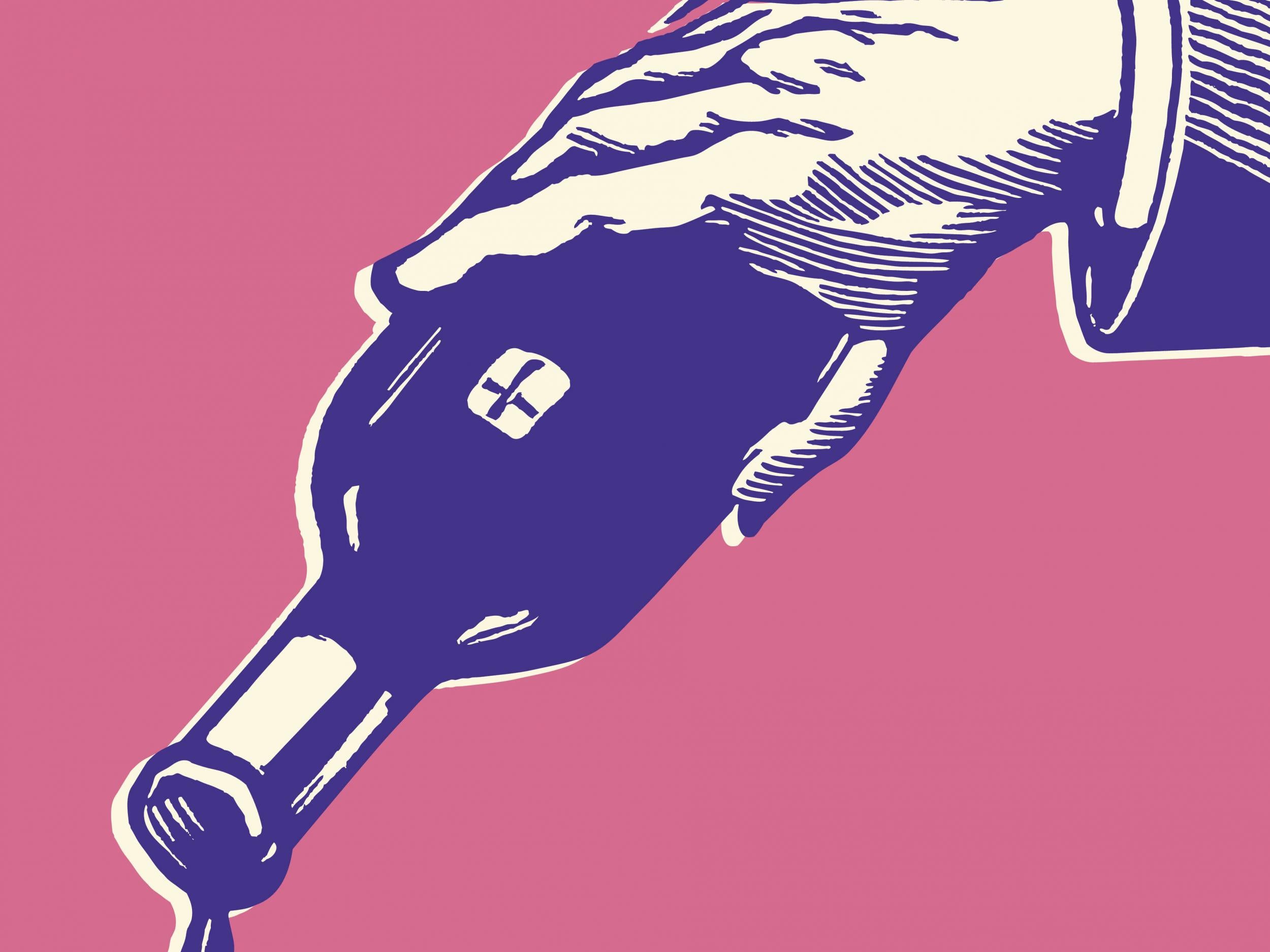'Grasping the Grape': The do's and don'ts of drinking and serving wine
From smelling the wine, not the cork to see if it's corked and keeping your thumb on top of champagne bottles, Maryse Chevriere busts the biggest myths

Your support helps us to tell the story
From reproductive rights to climate change to Big Tech, The Independent is on the ground when the story is developing. Whether it's investigating the financials of Elon Musk's pro-Trump PAC or producing our latest documentary, 'The A Word', which shines a light on the American women fighting for reproductive rights, we know how important it is to parse out the facts from the messaging.
At such a critical moment in US history, we need reporters on the ground. Your donation allows us to keep sending journalists to speak to both sides of the story.
The Independent is trusted by Americans across the entire political spectrum. And unlike many other quality news outlets, we choose not to lock Americans out of our reporting and analysis with paywalls. We believe quality journalism should be available to everyone, paid for by those who can afford it.
Your support makes all the difference.DO
Chill light-bodied, low-tannin, aromatic red wines: Aim for somewhere in the 10–13C range; it will make the wine taste more refreshing and help highlight fruit flavours and the brightness of a wine’s acidity.
Invest in a good bottle opener: Specifically, a ‘waiter’s friend’ (or wine key) with a double-hinge fulcrum (the metal part). The flexibility of this style will help keep you from breaking the cork. And it’s not an expensive tool, either – you can generally find them for under £10 in a supermarket, cookery or wine shop.
Consider decanting your wine: Traditionally used to separate sediment off the wine in older red bottles, decanting has become more fashionable and common across the board these days. The real benefit of the process is that it gently exposes the wine to air, softening its acids and tannin, effectively smoothing out all the sharp edges and wrinkles. It can be particularly helpful in taming the funk that comes off so-called reductive wines.
Smell your glasses before you use them: As important as it’s to make sure your dishware and cutlery are clean before you use them, so it goes with your glassware. One of the best, mostenjoyable parts about drinking wine is appreciating its fragrance.
It’s best that there’s no residual soap smell or dusty cupboard taint getting in the way.
DON’T
Serve your white wines too cold: Why? Because you’ll taste less. Light-bodied, less-aromatic wines should be served colder, in the 4–8C range, whereas more expressive and fuller-bodied whites should ideally be served in the slightly-warmer-but-still technically cold range of 8–10C.
Serve your red wines too warm: Heat will exacerbate the alcohol content of a wine, making your nose hairs burn when you go in for a big whiff. Conventional wisdom generally dictates that light-to medium bodied reds should be served around 13–15C, while fuller-bodied reds are better enjoyed in the 15–20C range.
Smell the cork to verify that your wine isn’t corked: Instead, smell the wine itself! Taking a quick whiff over the bottle opening will suffice. If it doesn’t smell like damp cardboard or wet dog, you’re good. Because, at the end of the day, even a cork that isn’t tainted still smells like cork, so really how helpful is it to smell it?
Take your thumb off the cork and cage when you’re opening sparkling wine: Opening a bottle of bubbly should look something like this: cut and remove the top of the foil. Put your thumb over the cage, twist open the cage tab (without taking it off), angle the bottle and rotate the base with one hand as the other wriggles the cork in the opposite direction, slowly pulling up. Keeping your hand on the cork until it’s off is the best insurance policy against it violently popping off in potentially dangerous directions.
Overpour your glass: Seriously, no matter how rough the day. If the glass is too full and you try to do your best professional swirl-and-sniff, chances are you’re going to end up making a mess.
Let past-its-prime, open wine go to waste: See if you can’t find a recipe for a stew, or soup or sauce where it can be given a respectable second-chance at life.
'Grasping the Grape' by Maryse Chevriere (Hardie Grant, £10) is out now
Join our commenting forum
Join thought-provoking conversations, follow other Independent readers and see their replies
Comments